Home>Kitchen & Cooking>Kitchen Gadgets & Utensils>What Is A Steam Kettle Used For
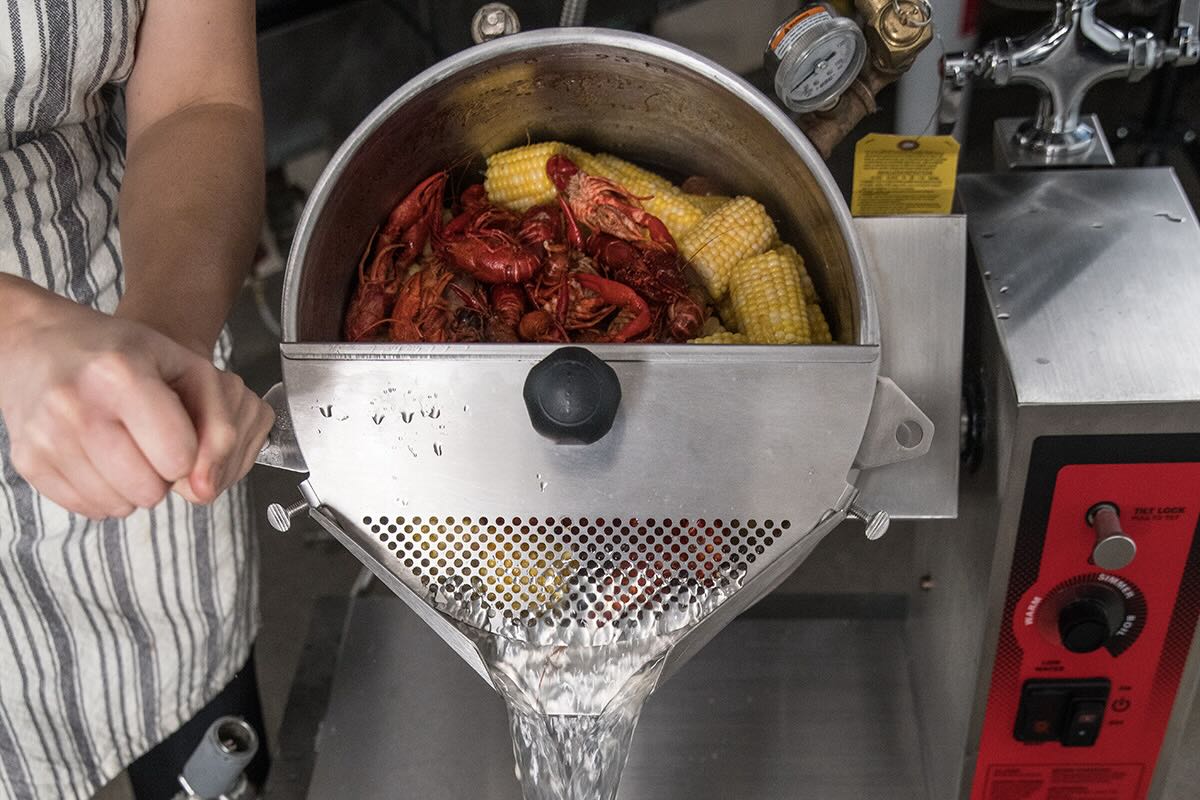

Kitchen Gadgets & Utensils
What Is A Steam Kettle Used For
Modified: February 18, 2024
Discover the versatile uses of a steam kettle in the kitchen. Learn how this essential kitchen gadget can simplify your cooking tasks. Ideal for home and professional kitchens.
(Many of the links in this article redirect to a specific reviewed product. Your purchase of these products through affiliate links helps to generate commission for Storables.com, at no extra cost. Learn more)
Introduction
In the realm of culinary wizardry, the steam kettle stands as a versatile and indispensable tool. This humble yet powerful kitchen gadget has been a staple in commercial kitchens for decades, revolutionizing the way food is prepared on a large scale. But what exactly is a steam kettle, and what sets it apart from other cooking equipment?
A steam kettle, also known as a steam jacketed kettle, is a large, heavy-duty pot that is designed to cook, heat, and mix large quantities of food using steam. It consists of a double-walled jacket filled with steam, which surrounds the inner pot where the food is placed. This unique design allows for gentle, uniform heating, making it ideal for preparing soups, stews, sauces, and other liquid-based dishes. The steam kettle's ability to maintain precise temperatures and distribute heat evenly sets it apart from conventional stovetop cooking methods.
In this article, we will delve into the inner workings of steam kettles, explore the different types available, uncover their myriad uses in commercial kitchens, and highlight the advantages they offer. Moreover, we will discuss essential considerations when using a steam kettle to ensure optimal performance and safety. By the end of this journey, you will gain a profound understanding of the remarkable capabilities and practical applications of steam kettles, solidifying their status as a culinary cornerstone in professional food preparation.
Key Takeaways:
- Steam kettles are like magical cauldrons for chefs, using steam to cook large batches of soups, sauces, and more with precise temperatures and consistent results, making them essential in commercial kitchens.
- Chefs need to treat steam kettles like prized kitchen companions, giving them regular maintenance, proper training, and attention to safety to ensure they continue to work their culinary magic.
Read more: What Is A Kettle Used For
How Does a Steam Kettle Work?
At first glance, a steam kettle may appear to be a simple piece of kitchen equipment, but its inner workings reveal a sophisticated and efficient cooking method. The key to its functionality lies in the utilization of steam as a heat source.
Steam kettles are equipped with a double-walled jacket that surrounds the inner cooking pot. This jacket is filled with steam, which is produced by a boiler system connected to the kettle. As the steam circulates within the jacket, it evenly distributes heat to the inner pot, effectively cooking the food inside. The steam jacket acts as a gentle, indirect heat source, preventing hot spots and scorching while ensuring consistent cooking throughout the entire batch of food.
One of the defining features of a steam kettle is its ability to operate at precise temperatures. By controlling the steam pressure and regulating the flow of steam into the jacket, chefs can maintain specific cooking temperatures with remarkable accuracy. This level of temperature control is especially valuable when preparing delicate dishes that require careful heat management, such as custards, sauces, and chocolates.
Furthermore, many modern steam kettles are equipped with advanced features, such as electronic controls and programmable settings, allowing chefs to fine-tune the cooking process to meet their exact specifications. This level of precision sets steam kettles apart from traditional stovetop cooking methods, offering a level of consistency and reliability that is essential in high-volume food production.
Overall, the ingenious design of a steam kettle harnesses the power of steam to provide a controlled and efficient cooking environment. Its ability to deliver uniform heat, maintain precise temperatures, and accommodate large batch sizes makes it an indispensable tool for commercial kitchens seeking to elevate their culinary capabilities.
Types of Steam Kettles
Steam kettles come in various configurations, each tailored to specific culinary needs and production requirements. Understanding the different types of steam kettles is essential for selecting the most suitable option for a particular kitchen setting. Here are the primary types of steam kettles:
1. Stationary Steam Kettles:
Stationary steam kettles are fixed in place and are typically integrated into a kitchen’s infrastructure. They are available in various capacities, ranging from small to large, to accommodate different batch sizes. These kettles are ideal for kitchens with dedicated cooking areas and provide a stable and reliable cooking solution for high-volume food production.
2. Tilting Steam Kettles:
Tilting steam kettles are designed with a tilting mechanism that allows the entire kettle to be tilted forward, pouring out its contents with ease. This feature simplifies the transfer of cooked food, such as soups and stews, into storage containers or serving vessels. Tilting kettles are favored for their convenience and efficiency, particularly in settings where frequent pouring and portioning are required.
Read more: What Is An Electric Kettle Used For
3. Agitated Steam Kettles:
Agitated steam kettles are equipped with built-in mixing or stirring mechanisms that agitate the food during the cooking process. This continuous agitation helps prevent scorching and ensures uniform heat distribution, making them well-suited for preparing delicate dishes that require constant movement, such as custards and risottos. Agitated kettles are prized for their ability to maintain consistent textures and flavors in the cooked food.
4. Combination Steam Kettles:
Combination steam kettles integrate multiple cooking functions into a single unit, often combining steam cooking with braising, boiling, and simmering capabilities. These versatile kettles offer chefs the flexibility to execute a wide range of cooking techniques within a compact footprint, making them valuable assets in kitchens with diverse culinary demands.
Each type of steam kettle presents unique advantages and functionalities, catering to specific cooking styles and operational requirements. By understanding the distinctions between these types, chefs and kitchen managers can make informed decisions when selecting the most suitable steam kettle for their culinary endeavors.
Uses of Steam Kettles
Steam kettles are prized for their versatility and proficiency in handling a diverse array of cooking tasks. Their ability to deliver precise and consistent results makes them indispensable in commercial kitchens of various sizes, serving as the backbone of culinary operations. Here are some of the primary uses of steam kettles:
1. Large-Batch Cooking:
Steam kettles excel in preparing large volumes of soups, stews, stocks, and sauces, making them essential for catering events, institutional dining, and other food service establishments that require high-capacity cooking capabilities. Their generous capacities and efficient heating ensure that large quantities of food can be cooked evenly and efficiently, streamlining the production process.
Read more: What Is The Safest Tea Kettle To Use
2. Simmering and Braising:
With precise temperature control and uniform heat distribution, steam kettles are ideal for simmering and braising meats, vegetables, and grains. These cooking techniques rely on gentle, sustained heat to tenderize ingredients and develop rich flavors, both of which are easily achieved with the controlled cooking environment provided by steam kettles.
3. Emulsifying and Mixing:
Steam kettles are adept at emulsifying sauces, dressings, and other liquid-based preparations. The gentle heat and optional agitation features allow chefs to achieve smooth, well-blended textures without the risk of scorching or uneven heating. This makes steam kettles invaluable for creating consistently velvety and homogeneous emulsions.
4. Reheating and Holding:
Steam kettles are utilized for reheating pre-cooked foods and holding them at safe serving temperatures. Their efficient heating capabilities ensure that reheated dishes maintain their quality and integrity, making them suitable for batch reheating in preparation for service periods.
5. Specialty Culinary Applications:
Steam kettles are employed in various specialty culinary applications, such as candy making, custard production, and poaching delicate proteins. Their precise temperature control and even heat distribution enable chefs to execute these intricate techniques with confidence, yielding consistent and superior results.
By encompassing such a broad spectrum of culinary functions, steam kettles have solidified their status as indispensable workhorses in commercial kitchens, enabling chefs to achieve exceptional results across a wide range of cooking endeavors.
Read more: What Can I Use A Steam Cleaner For
Advantages of Using a Steam Kettle
Steam kettles offer a multitude of advantages that significantly enhance the efficiency, precision, and quality of food preparation in commercial kitchens. Their innovative design and advanced capabilities set them apart as indispensable tools for culinary professionals. Here are the key advantages of using a steam kettle:
1. Even Heat Distribution:
The steam jacket surrounding the inner pot ensures that heat is distributed evenly, preventing hot spots and ensuring uniform cooking throughout the entire batch of food. This results in consistent textures and flavors, eliminating the risk of unevenly cooked or scorched dishes.
2. Precise Temperature Control:
Steam kettles allow chefs to maintain precise cooking temperatures, offering unparalleled control over the cooking process. This level of accuracy is crucial for executing delicate cooking techniques and achieving optimal results in dishes that demand meticulous heat management.
3. High-Capacity Cooking:
With generous capacities ranging from a few gallons to over a hundred gallons, steam kettles are capable of handling large batch sizes, making them indispensable for high-volume food production. Their efficiency in cooking substantial quantities of food streamlines kitchen operations and maximizes productivity.
Read more: What To Use In A Steam Cleaner For Dog Urine
4. Versatility in Cooking Methods:
Steam kettles accommodate a wide range of cooking methods, including boiling, simmering, braising, and emulsifying. Their adaptability enables chefs to execute diverse culinary techniques within a single piece of equipment, reducing the need for multiple cooking appliances and optimizing kitchen space.
5. Time and Energy Efficiency:
Due to their efficient heat transfer and insulation, steam kettles minimize cooking times and energy consumption. This not only accelerates food preparation but also contributes to cost savings and operational sustainability, making them a prudent investment for commercial kitchens.
6. Consistency and Quality Assurance:
Steam kettles deliver consistent and reliable cooking results, ensuring that dishes maintain their intended textures, flavors, and visual appeal. This consistency is crucial for meeting quality standards and delighting diners with impeccably prepared meals, establishing steam kettles as indispensable assets in culinary excellence.
By harnessing these advantages, steam kettles empower chefs and kitchen staff to elevate their culinary output, streamline kitchen operations, and uphold the highest standards of food quality and consistency in commercial food service environments.
Considerations When Using a Steam Kettle
While steam kettles offer a myriad of benefits, it is essential for chefs and kitchen staff to be mindful of certain considerations to ensure safe and efficient operation. By addressing these factors, they can maximize the performance and longevity of the equipment while maintaining a secure cooking environment. Here are the key considerations when using a steam kettle:
Read more: How To Use A Fellow Kettle
1. Maintenance and Cleaning:
Regular maintenance and thorough cleaning are imperative to uphold the functionality and hygiene of a steam kettle. This includes descaling the interior, inspecting gaskets and seals, and adhering to manufacturer-recommended maintenance schedules. By keeping the kettle in optimal condition, chefs can mitigate the risk of performance issues and food safety concerns.
2. Steam Safety Precautions:
Given that steam kettles rely on the use of pressurized steam, it is crucial to observe proper safety protocols when operating and maintaining the equipment. This entails understanding steam boiler safety features, ensuring proper ventilation in the kitchen, and adhering to steam system maintenance guidelines to prevent potential hazards associated with high-pressure steam.
3. Training and Familiarization:
Thorough training and familiarization with the specific model of steam kettle being used are essential for kitchen staff. This includes understanding the kettle’s controls, safety features, and operational procedures. Proper training empowers staff to operate the equipment with confidence, reducing the risk of errors and promoting safe handling practices.
4. Space and Ventilation Requirements:
Steam kettles require adequate space and ventilation to ensure optimal performance and safety. Proper clearance around the kettle is necessary for maintenance access and safe operation. Additionally, adequate ventilation is essential to dissipate steam and heat, creating a comfortable and safe kitchen environment for staff.
Read more: Why Use A Gooseneck Kettle
5. Water Quality and Treatment:
The quality of water used in a steam kettle can impact its performance and longevity. Ensuring that the water meets recommended standards and implementing appropriate water treatment measures, such as filtration and softening, can help prevent scale buildup and corrosion within the kettle, preserving its efficiency and extending its lifespan.
6. Operational Best Practices:
Adhering to operational best practices, such as avoiding rapid temperature fluctuations, using appropriate utensils, and following recommended loading capacities, is essential for maximizing the performance and longevity of a steam kettle. By employing proper techniques, kitchen staff can optimize cooking outcomes and minimize wear and tear on the equipment.
By conscientiously addressing these considerations, chefs and kitchen staff can harness the full potential of steam kettles while upholding safety standards and prolonging the equipment’s operational lifespan, ensuring that it remains a reliable cornerstone of their culinary endeavors.
Conclusion
The steam kettle, with its ingenious design and remarkable capabilities, stands as a stalwart ally in the realm of commercial food preparation. Its proficiency in delivering precise, consistent results across a diverse array of culinary tasks has established it as an indispensable tool in professional kitchens worldwide. From large-batch cooking to delicate emulsifying, steam kettles excel in meeting the demands of high-volume food production while upholding the highest standards of quality and efficiency.
As we’ve explored the inner workings, types, uses, advantages, and considerations of steam kettles, it becomes evident that these kitchen workhorses are more than just cooking vessels; they are catalysts for culinary innovation and operational excellence. Their ability to maintain even heat distribution, precise temperature control, and high-capacity cooking sets the stage for chefs to unleash their creativity and elevate their culinary creations to new heights.
Furthermore, the advantages offered by steam kettles, such as versatility in cooking methods, time and energy efficiency, and consistency in results, underscore their pivotal role in optimizing kitchen operations and enhancing food quality. However, it is essential for kitchen staff to remain vigilant in addressing maintenance, safety, and operational considerations to ensure that the full potential of steam kettles is realized in a safe and sustainable manner.
Ultimately, the enduring presence of steam kettles in commercial kitchens is a testament to their unwavering value and impact on the culinary landscape. As culinary trends evolve and kitchen technologies advance, the steam kettle remains a timeless cornerstone, empowering chefs and food service professionals to execute their craft with precision, efficiency, and unwavering excellence.
In conclusion, the steam kettle stands as a testament to the marriage of culinary tradition and technological innovation, embodying the essence of reliability, versatility, and culinary prowess. Its enduring legacy in the culinary world cements its status as an indispensable ally in the pursuit of culinary mastery and operational excellence.
Frequently Asked Questions about What Is A Steam Kettle Used For
Was this page helpful?
At Storables.com, we guarantee accurate and reliable information. Our content, validated by Expert Board Contributors, is crafted following stringent Editorial Policies. We're committed to providing you with well-researched, expert-backed insights for all your informational needs.

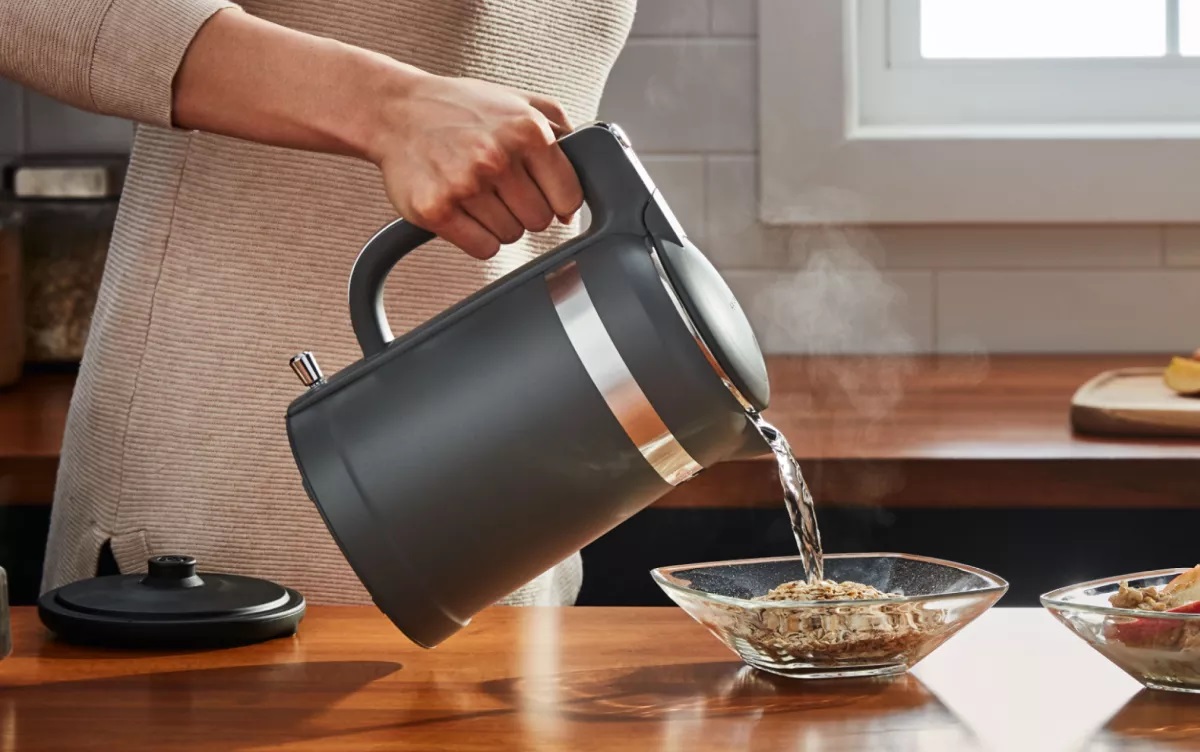

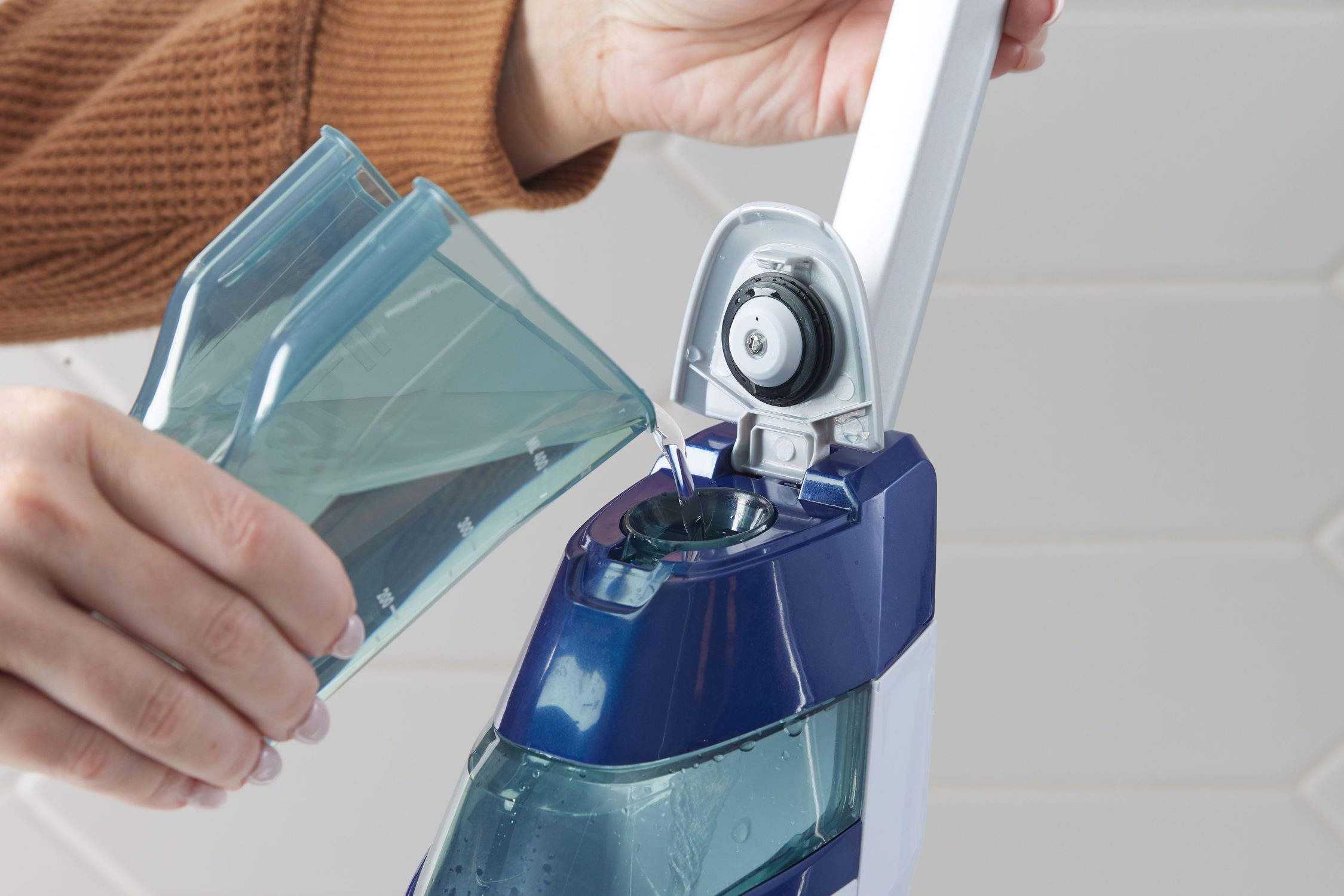
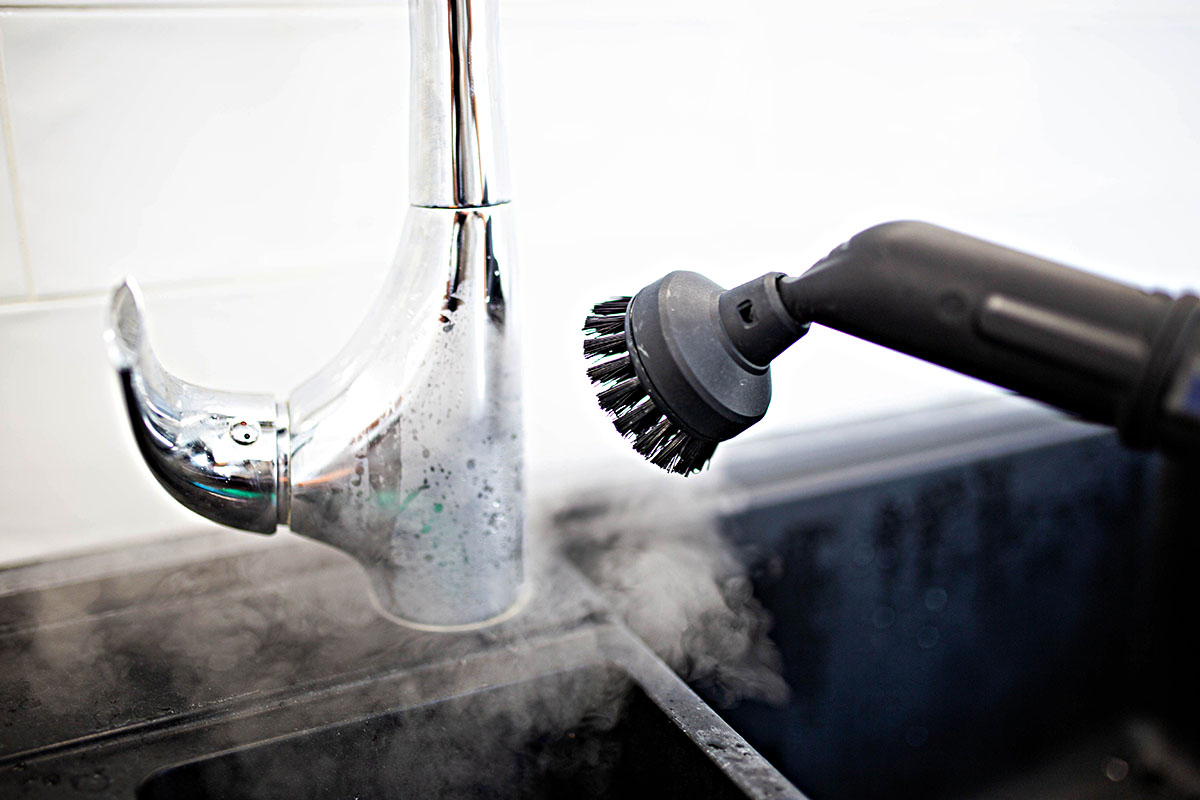

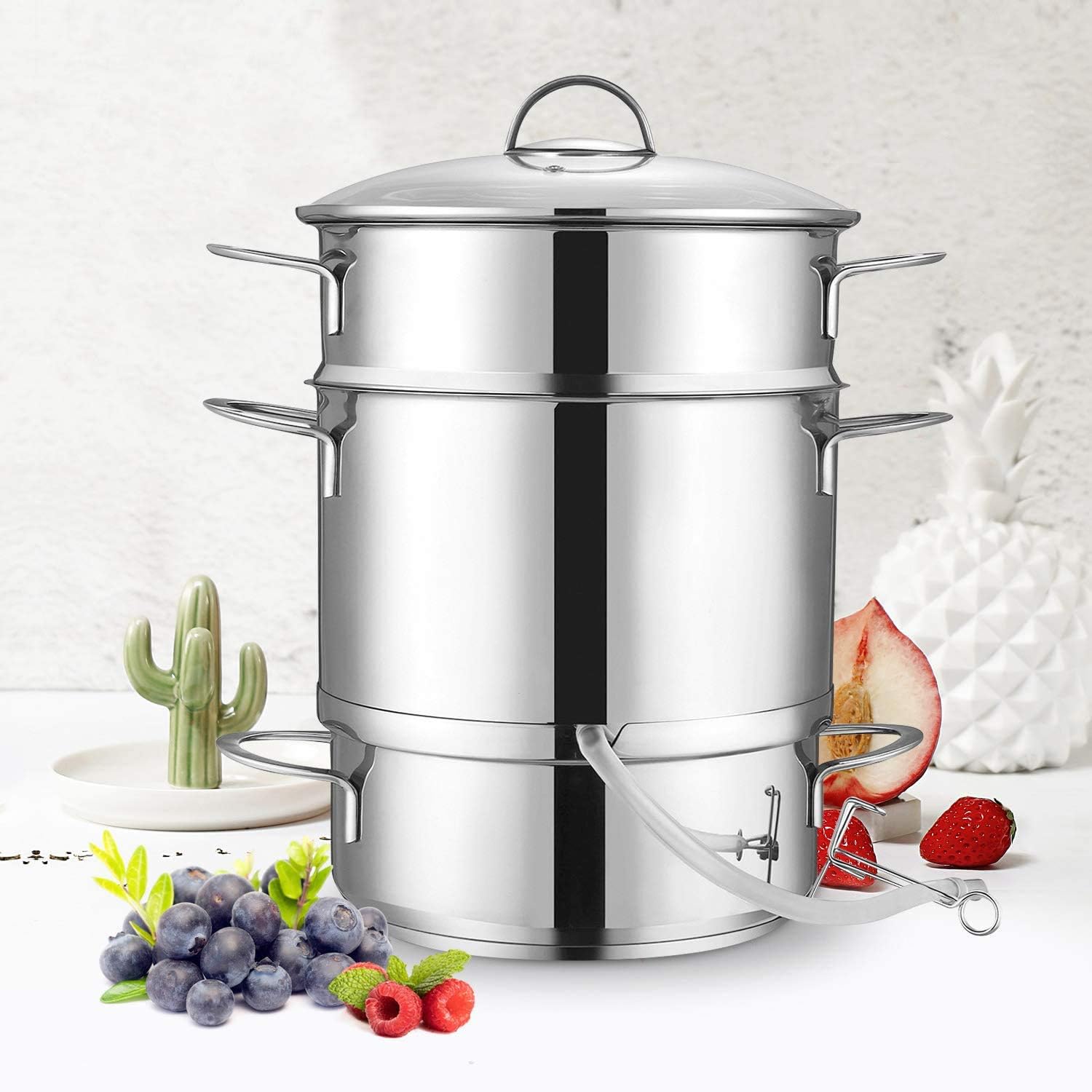
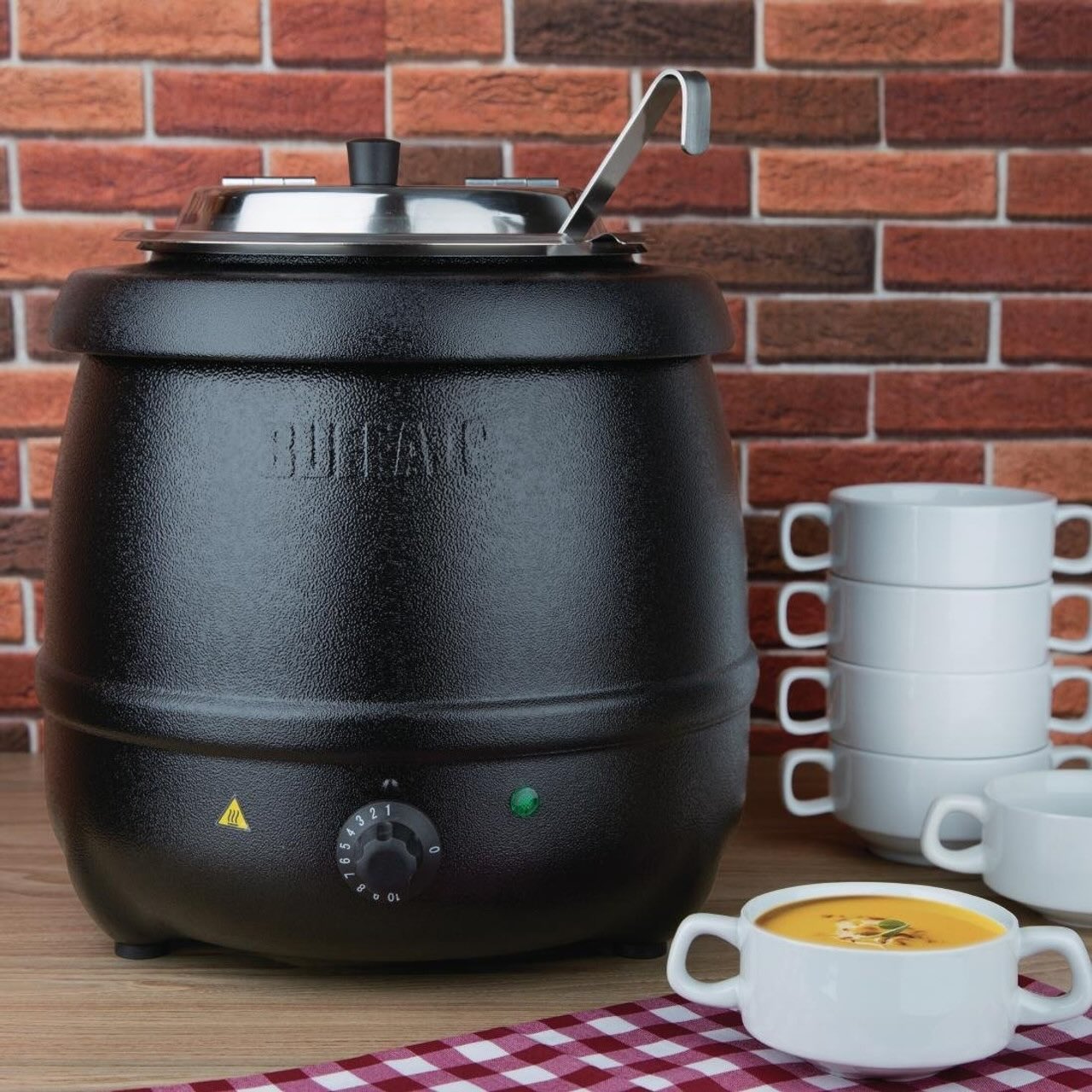
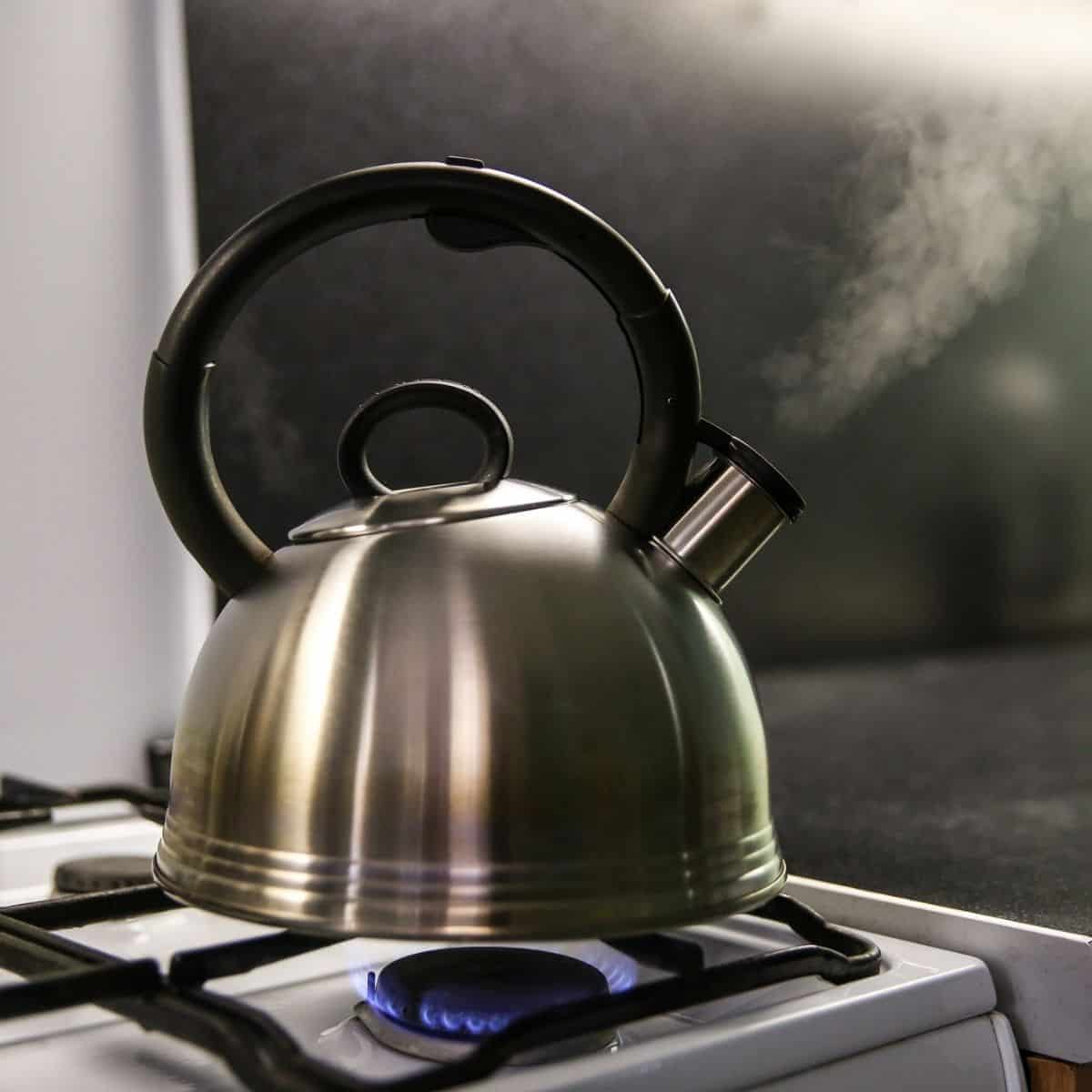

0 thoughts on “What Is A Steam Kettle Used For”